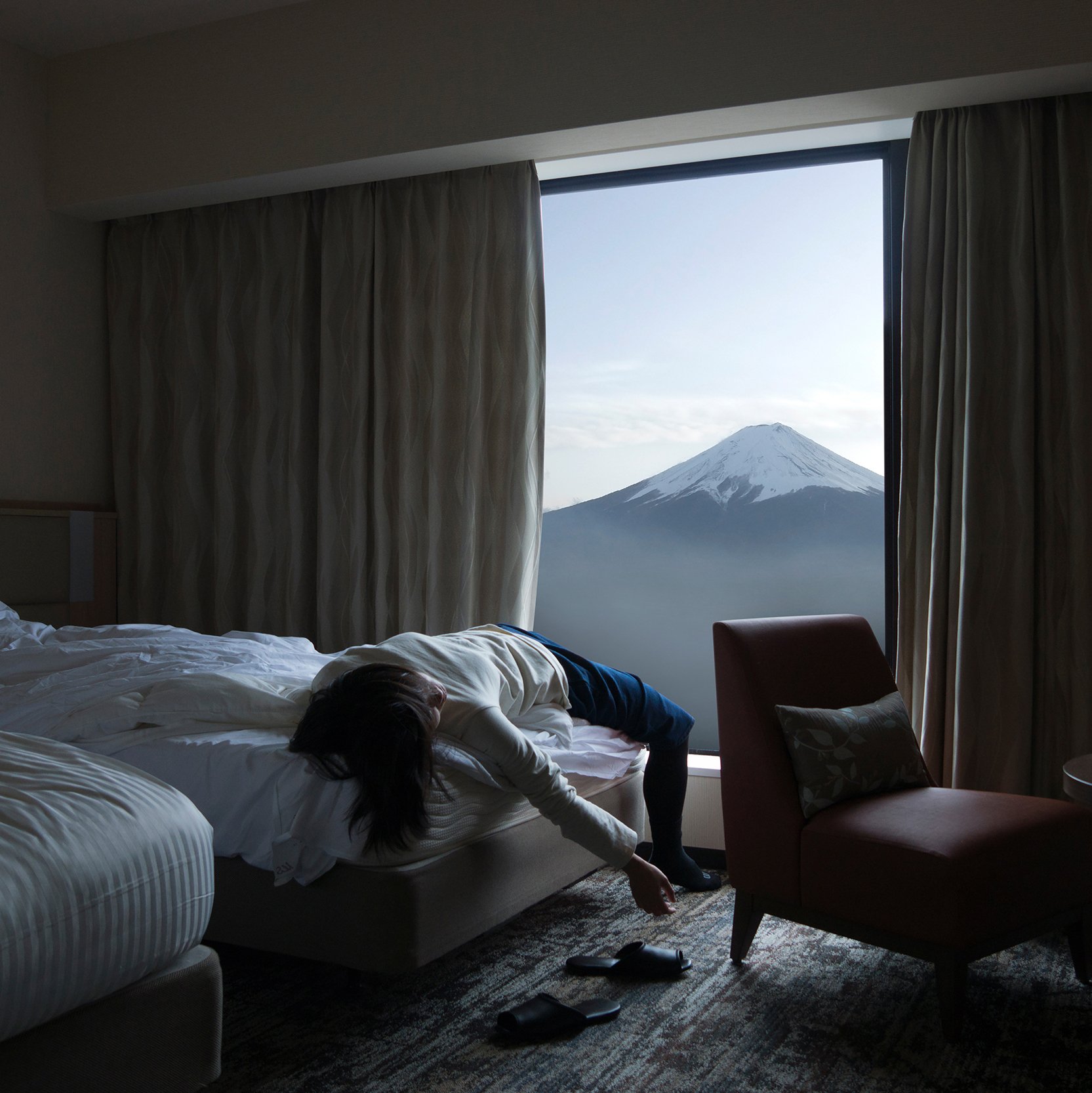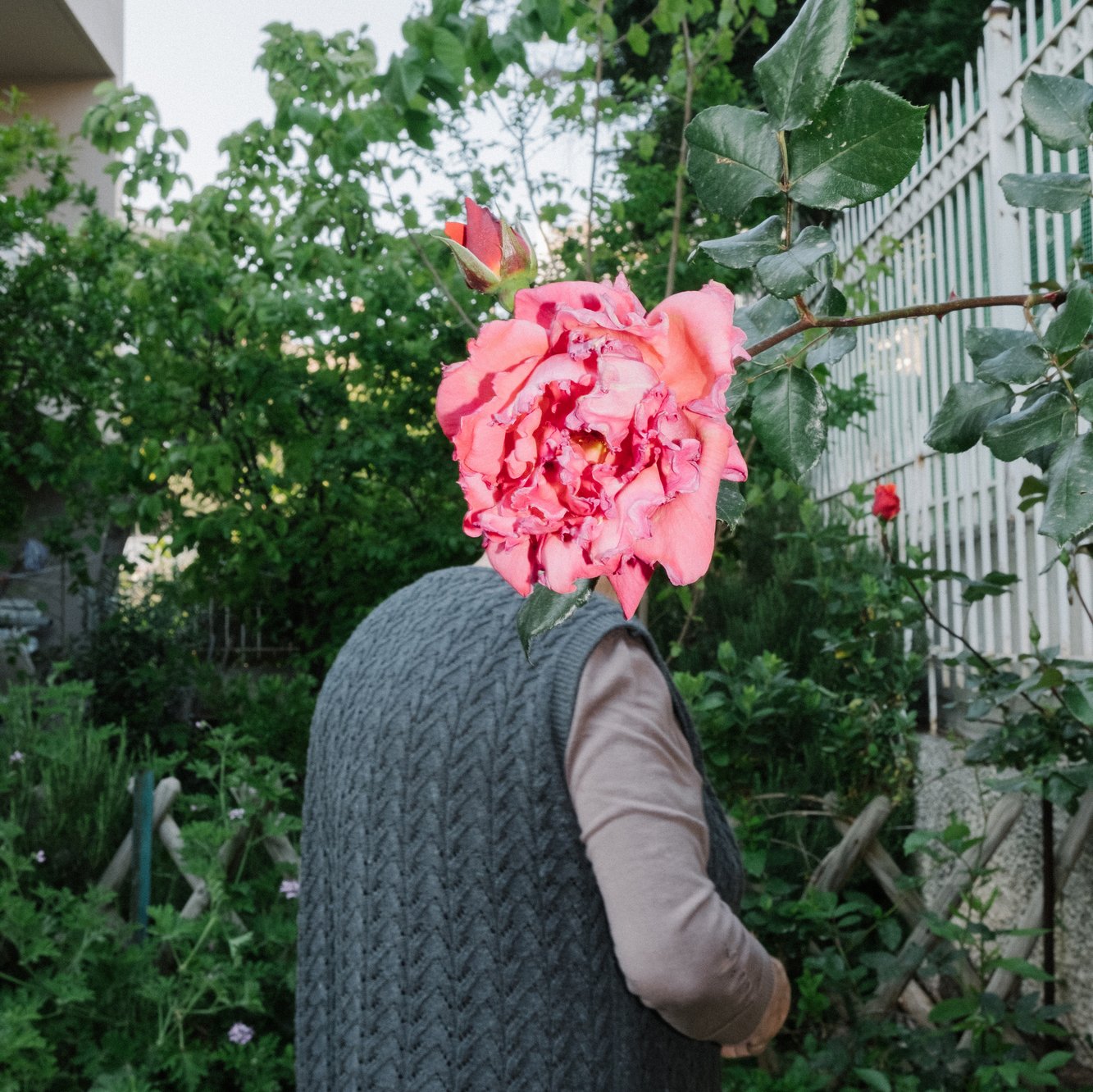ji zhou
Plant Portrait - Tillandsia
Your name
Ji Zhou
Place of birth
Beijing
Place where you live now
Beijing
3 words to describe you
Optimistic, anxious, curious
Why do you take pictures?
I see photography as a lingual vehicle that materializes my artwork. Moments captured through the borders of a viewfinder are like phrases. The “story” they form can accurately convey my feelings for the world.
Where do you get your inspiration?
It comes from my experiences in everyday life, and is transformed into artwork from my perspective. Themes are constantly changing, just like our unknowable tomorrow.
Who are your influences?
At different points of my life I was influenced by different people, which helped me grow as a person. Those who have influenced me are various, but also momentary. A photographer that has impressed me recently is Karl Blossfeldt.
What determines the subject matter you choose?
The materials for my works are intimately related to my everyday life. The past few years of the pandemic have caused great change to the whole world! I am especially overcome by life’s fragility! My recent works largely focus on expressing the human condition through studying plants.
What impact would you like your art to have?
I hope I can provide a very subjective perspective to audiences, so that every viewer can make their own discoveries.
What artwork do you never get bored with?
NONE
Is there anything you want to add?
N/A
Hasht Bihisht
Prosperity
Full Bloom
"Symbiosis" by Ji Zhou: The Hidden Beauty of Nature
Text by Nadia E Carrizo






















